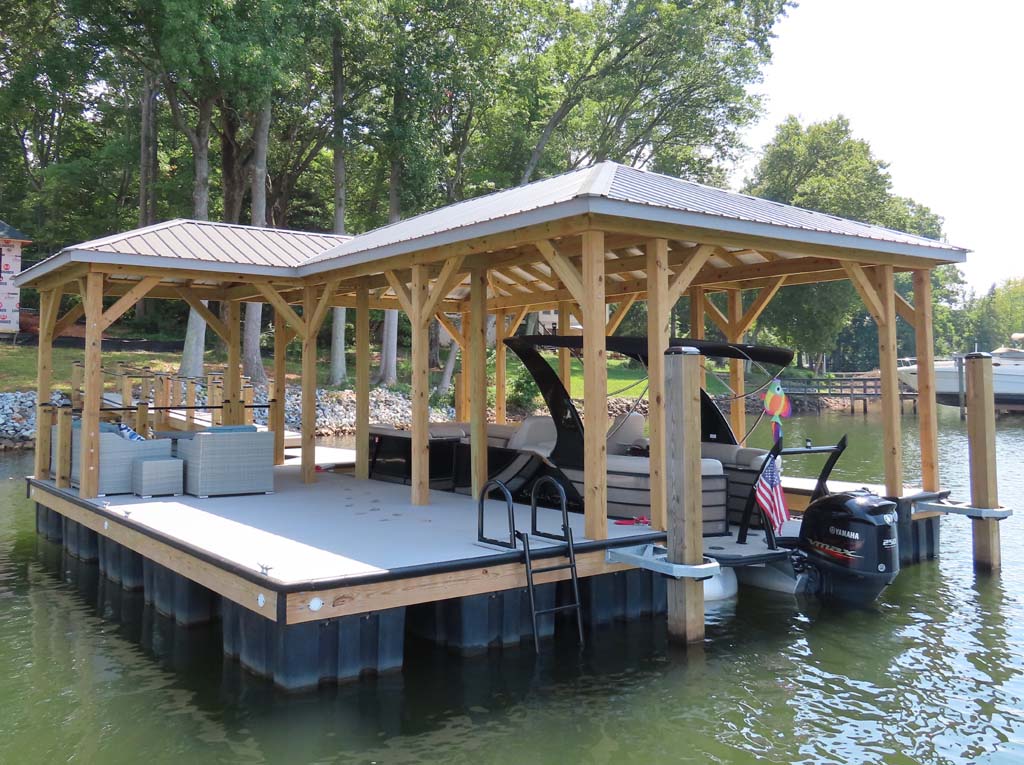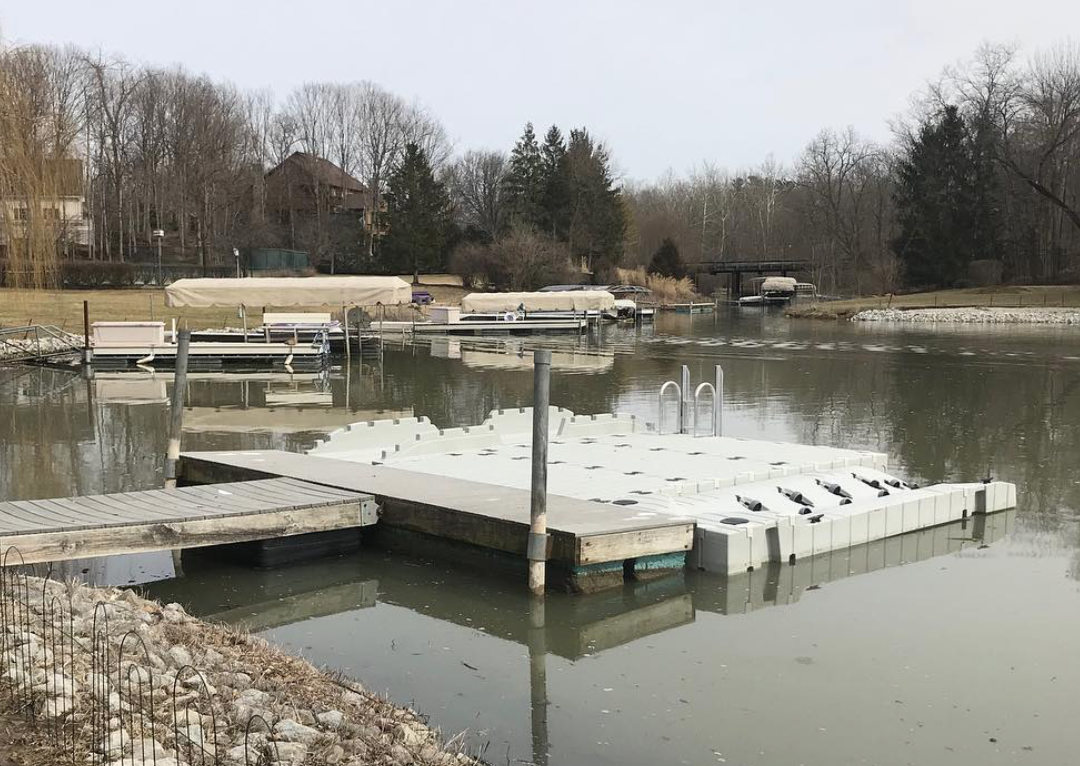Necessary Guide to Budget-friendly Dock Repairs for Homeowners
Necessary Guide to Budget-friendly Dock Repairs for Homeowners
Blog Article
Reliable Dock Fixing Techniques: Ensuring Structural Stability
Making certain the architectural honesty of anchors with efficient repair service methods is vital for the durability and security of marine facilities. This entails a multi-faceted strategy beginning with thorough examinations making use of innovative modern technologies like finder tools and from another location ran lorries (ROVs) to identify both noticeable and hid damages. Subsequently, selecting the best repair materials, such as composite materials and corrosion-resistant alloys, is important for durability. Architectural support techniques, including the implementation of cross-bracing systems and load-distribution plates, play an important function in mitigating tension factors. Nevertheless, the value of these techniques becomes noticeable when exploring sophisticated repair service techniques and preventative maintenance strategies.
Assessing Dock Damages
Evaluating dock damages is a critical very first step in ensuring the architectural honesty and safety of any docking facility. This first analysis involves a thorough evaluation to identify both noticeable and hidden problems. Trick facets to examine include the dock's structure, pilings, outdoor decking, and equipment. Each part should be inspected for indications of wear, rot, rust, or other kinds of deterioration that could jeopardize the architectural integrity.
Structural engineers or certified assessors typically perform these assessments making use of specialized techniques and tools. Undersea evaluations might use sonar equipment or remotely ran automobiles (ROVs) to discover submerged damages. Above water, aesthetic assessments are matched by utilizing dampness meters and various other diagnostic devices to discover underlying concerns not quickly visible to the nude eye.

Finding Repair Materials
Selecting the ideal fixing products is a critical action in the dock repair process, one that directly affects the durability and performance of the fixed structure. Product choice must be driven by variables such as environmental conditions, load-bearing needs, and compatibility with existing dock parts.
Along with timber, composite materials are increasingly popular because of their toughness and low maintenance requirements. Compounds, generally made from a mix of plastic and wood fibers, supply outstanding resistance to rot, pests, and UV damage. For steel docks, picking corrosion-resistant alloys such as galvanized steel or marine-grade aluminum is vital to stop rust and make sure architectural stability in saline water problems.
Epoxy resins and marine-grade sealants are vital for repairing cracks and sealing joints, giving a waterproof barrier and improving the dock's total toughness. By meticulously choosing high-quality materials, dock repair services can attain long-lasting results, thus securing versus future destruction and making certain safe, dependable use.
Structural Reinforcement Methods
Effective structural reinforcement strategies are essential in making certain the security and durability of dock repair work. This method is specifically reliable for anchors subjected to heavy loads or rough ecological conditions.
Another essential strategy is the application of fiber-reinforced polymers (FRP) These products use high strength-to-weight ratios and excellent resistance to deterioration, making them ideal for enhancing concrete or wooden anchors. FRP can be used in strips or sheets and bonded with epoxy materials to improve structural honesty.
Bracing and anchoring systems also play an essential duty in structural support. Cross-bracing, utilizing metal or wood beam of lights, can counteract side forces, decreasing persuading and movement. Securing systems, such as helical piers or driven piles, supply a steady structure by transferring lots to deeper, extra steady dirt layers.
Finally, the integration of load-distribution plates can assist distribute weight a lot more equally across the dock's surface area, reducing local stress factors. These techniques jointly ensure that docks continue to be robust and secure, qualified of enduring the roughness of their functional environment.
Advanced Repair Work Approaches

An additional innovative strategy entails undersea welding, which permits for repair services to be performed without the requirement to dewater the area. This technique is particularly beneficial for dealing with structural concerns in immersed dock elements, making sure very little interruption to operations. Enhanced welding strategies, combined with robotic systems, deliver precision and integrity, consequently prolonging the lifespan of the dock.
Additionally, cathodic protection systems are useful source applied to protect against rust in metallic dock frameworks. By utilizing sacrificial anodes or amazed current systems, these strategies successfully reduce the electrochemical procedures that cause material deterioration.
Last but not least, advanced monitoring modern technologies, such as structural wellness tracking (SHM) systems, offer real-time information on the condition of dock frameworks. These systems allow proactive upkeep and timely treatments, eventually ensuring the lasting structural stability of the dock.
Maintenance and Avoidance
Upkeep and prevention are basic ideas that underpin the longevity and security of dock frameworks. Routine examinations are vital, permitting early discovery of wear and tear, prospective weak points, and environmental influences. A proactive strategy, including regular look for corrosion, rot, and architectural changes, reduces expensive repairs and extends the dock's functional life.
Safety nets must consist of applying protective finishes to metal components to defend against corrosion and using treated timber to stand up to degeneration. Additionally, guaranteeing correct drainage and ventilation can avoid water build-up, which is an usual source of structural deterioration. Integrating top quality products and sticking to manufacturer guidelines during building and fixing stages additionally play crucial roles in improving longevity.

Educating workers in click to investigate dock maintenance ideal techniques makes sure consistent application of preventive actions. Leveraging technical advancements, such as drones for evaluations and sensing units for real-time surveillance, can additionally improve maintenance initiatives. By prioritizing upkeep and avoidance, dock owners can ensure architectural stability, functional security, and affordable management over the dock's life-span.
Final Thought
To conclude, maintaining the architectural integrity of aquatic facilities demands extensive dock fixing methods. Thorough assessments using innovative devices reveal both noticeable and concealed problems, while the selection of proper repair products boosts toughness. Executing architectural support methods addresses stress and anxiety points successfully. Advanced fixing techniques, paired with regular maintenance techniques, ensure the dock stays secure and operational under varied environmental conditions. Embracing these approaches significantly extends the life-span and functionality of marine facilities.
Making certain the architectural integrity of docks via reliable repair techniques is critical for the durability and security of marine facilities.Selecting the suitable repair work materials is a pivotal step in the dock restoration process, one that straight influences the durability and performance of the repaired framework.Reliable architectural reinforcement methods are vital in making sure the stability and longevity of dock repairs. By focusing on upkeep and prevention, dock owners can guarantee structural integrity, functional security, and affordable management over the dock's life-span.
In verdict, preserving the structural honesty of aquatic facilities demands detailed dock repair work techniques.
Report this page